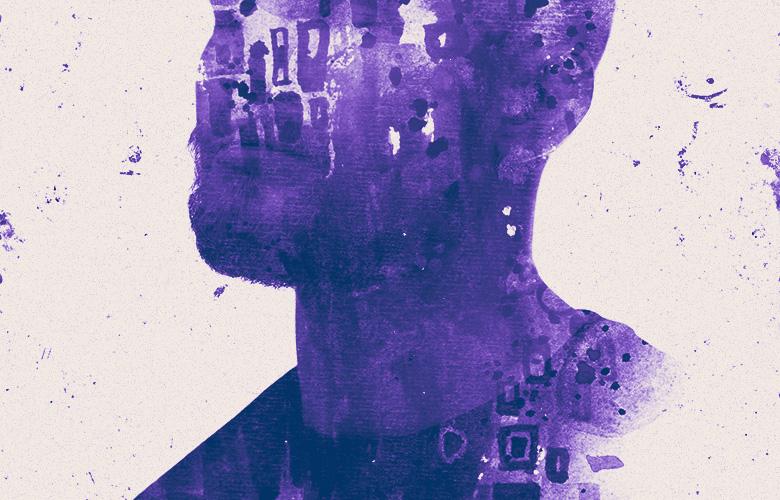
Suicide is the leading cause of preventable death in jails and correctional facilities. Deaths by suicide have been rising in the last 20 years, increasing by 85% in state prisons and 61% in federal prisons.1 Rates of inmate death are significantly higher than national averages and disproportionately impact inmates from minoritized populations, such as LGBTQI and juveniles. In fact, more youth in confinement die by suicide than any other cause, with a rate three times that of their peers in the general population.2
The Zero Suicide framework promotes evidence-based and promising best practices for safer suicide care in health and behavioral health settings, reflecting the critical role health care systems have in preventing suicide. Yet these statistics highlight that suicide is not limited to only traditional health care settings, and institutional settings where health care is provided have the opportunity to impact suicide prevention, care, and recovery.
The complexity and frequency of risk factors in correctional settings can make suicide prevention efforts exceedingly difficult. Research indicates correlations between trauma, post-traumatic stress disorder (PTSD), adverse childhood experiences (ACEs), and suicide. Trauma has been found to be “a universal experience among incarcerated men,” with studies demonstrating 62%–87% of incarcerated males have some exposure to trauma prior to incarceration.3 Mental illness, substance use disorder, minority identity status, lack of social supports, and previous suicidal experiences are common. Other risk factors include disciplinary infractions, solitary confinement, overcrowding, physical and sexual victimization, and other traumatic experiences. Single-cell status, a common precaution for inmates experiencing a suicidal crisis, has one of the strongest correlations with suicide death.
However, the urgency around expanding comprehensive approaches to suicide prevention extends beyond those who are incarcerated. For example, correctional workers in Canada have some of the highest rates of suicide ideation, planning, and behavior of all public safety personnel in that country, with 35% reporting experiencing suicidal ideation in their lifetime.4 According to the Centers for Disease Control and Prevention (CDC), in the United States, men in public safety have the sixth highest rate of suicide among occupational groups. Individuals who work in corrections have some of the highest rates of exposure to violence of any profession. In fact, correctional officers exhibit PTSD symptoms at rates similar to those of combat veterans and prisoners of war.5 It is imperative, therefore, to recognize the intersection of exposure to violence, trauma, and suicide risk.
A growing number of correctional systems across the United States have adapted the Zero Suicide framework into the delivery of health care within jails and prison:
Foundational Elements – Lead, Train, and Improve:
- Commitment from leadership to reduce suicide among both staff and incarcerated individuals
- Dedication of staff and time to develop and monitor Zero Suicide policies, protocols, and practices, including continuous quality improvement efforts
- Creation of a just culture that fosters safety and the belief that suicide can be prevented
- Development of policies and procedures to mitigate risk to the institution
- Training of all staff to recognize warning signs of suicide and respond according to protocol
- Data collection to support continuous quality improvement and positive outcomes
Clinical Elements – Identify, Engage, Treat, and Transition:
- Universal screening for suicide risk (e.g., upon entry into the system, when visiting health care providers, and when moving from one unit/facility to another)
- Suicide risk formulation that is sensitive and responsive to the unique context and characteristics of correctional populations
- Collaborative person-centered safety planning that is reasonable and practical for a corrections environment
- Environments and strategies that support lethal means safety and maintain an individual’s dignity and respect
- Access to suicide-specific treatment while in a corrections setting
- Additional support, including peer support, to promote safety during times of transition (e.g., moving between units or facilities, entering the institution, and re-entry into community corrections)
As a leading cause of death for inmates, and a growing concern for the wellbeing of correctional officers, the impact of suicide within institutional populations is broad. Promising and effective prevention strategies and interventions do exist for use in correctional settings and are being used by a growing number of systems across the United States.
Resources
- For corrections resources, visit Zero Suicide’s new Resources for Corrections Settings page.
- The Education Development Center is sponsoring a National Zero Suicide Academy Online for health and behavioral health professionals working in correctional settings. Registration deadline is October 30, 2024.
| Shelby Kuhn, an EDC senior project associate, is a licensed clinical social worker and substance abuse counselor with more than 10 years of experience in direct practice, program development, and health care leadership. |
1U.S. Department of Corrections. (2021). Title: Suicide in local jails and state and federal prisons, 2000–2019 – Statistical tables. (Report no. NCJ300731). https://bjs.ojp.gov/sites/g/files/xyckuh236/files/media/document/sljsfp0019st.pdf.
2Ruch, D. A., Sheftall, A. H., Schlagbaum, P., Fontanella, C. A., Campo, J. V., & Bridge, J. A. (2019). Characteristics and precipitating circumstances of suicide among incarcerated youth. Journal of the American Academy of Child and Adolescent Psychiatry, 58(5), 514–524.
3Wolff, N., Huening, J., Shi, J., & Frueh, C. (2014). Trauma exposure and posttraumatic stress disorder among incarcerated men. Journal of Urban Health, 91(4), 707–719.
4Genest, C., Ricciardelli, R., & Carleton, R. N. (2021). Correctional Work: Reflections Regarding Suicide. International Journal of Environmental Research and Public Health, 18(8), 4280.
5Lerman, A. E (2017). Officer Health and Wellness: Results from the California Correctional Officer Survey. University of California, Berkley. https://gspp.berkeley.edu/assets/uploads/research/pdf/executive_summary_08142018.pdf.

Add new comment